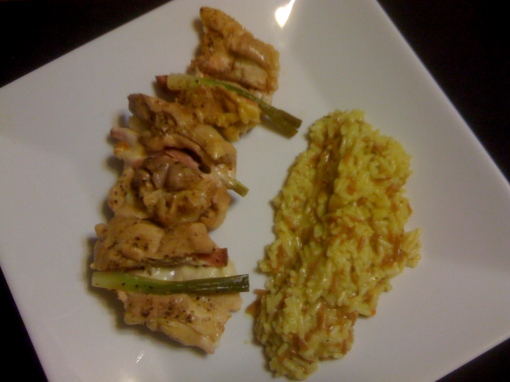John On Wine – Save that wine!
Whenever I talk about wine preservation, I can count on someone saying, “I always finish the bottle.” This column isn’t for you Tipsy McStagger, but for those of us who only want a glass or two, not a whole bottle in a night; or who at a party finish a bottle or two but want to pour one more glass and not an entire third bottle. Here’s a look at many ways to keep your wine good from glass to glass.
Savino is a simple, elegant, and effective wine preservation system; a cylindrical glass carafe, with a fluted opening which makes pouring wine easy, a glass float with collar, and a top to close the carafe against accidental spill. I was sent one as a review sample and I tried it out, both at home and at work. I found it keeps a bottle’s worth of wine good, glass after glass for about five to seven days. The Savino Wine Preservation Carafe is $60 for the glass model in a gorgeous gift box, or $30 for the same design in plastic.
Wine Preserva is a simple system with a round floating disc that has a radial cut fringed edge allowing it to fit inside of any wine bottle and self adjust for interior circumference. Like Savino, the wine is protected from air by a floating seal directly on top of the wine. The cost is $6 for a 10-pack or $30 for a 50-pack, Wine Preserva is used, and then tossed with the bottle when empty.
In my tasting room, I use a big tank of argon, an inert gas that is heavier than oxygen. The tank, regulator, hose, and wand run about $300, with refills of argon running about $40. I am able to spray a protective layer of argon into each opened bottle between glasses, not displacing oxygen, but blanketing the wine and protecting it from oxygen. A tank lasts 3-4 months in the tasting room and many, many years at home.
Probably the most ubiquitous wine preservation tool is the VacuVin, a device that purports to create a vacuum by pumping all of the air from inside a wine bottle through special one-way valved stoppers. Inexpensive, with a near endless line of fans, the product brings to mind the quote, “There’s a sucker born every minute.”
We’re not talking about meat in a bag, but wine in a bottle and sucking the air out of a wine bottle strips away aroma and flavor, as described by Matt Kramer in Wine Spectator. The vacuum created is at best partial, a mere pressure differential with air remaining inside the bottle, and a leak rate that allows more air back in, as measured in two independent laboratories, ETS Labs and a university science lab for Kramer’s piece. Consumer Reports found the VacuVin no better at saving wine flavors than just jamming the old cork back in.
Better than just jamming the old porous cork in, is resealing with The Corker, a non porous sealer that is both decorative and functional. About $20 online at TheCorker.com, or at an art and wine festival, one size fits all bottles, keeps carbonation in a bubbly, allows still wines to be stored on their side in the fridge without leaking, and can be used in concert with Private Preserve for top notch preservation.
Less expensive than a $300 argon tank set up, but based on the same idea, is Private Preserve small $10 cans of gas, nitrogen mixed with argon, that similarly blanket between wine and oxygen when sprayed into a bottle. I like pure argon better, because nitrogen has a lighter atomic weight than oxygen and does not protect by blanketing, but by displacement and complete displacement of oxygen with nitrogen is unlikely. The argon in the can is doing the work here with the nitrogen keeping the price down.
Coravin is a remarkable device that allows you to extract wine through the cork without opening the bottle, using a medical grade needle while blanketing the remaining wine with argon. The argon is actually used to create pressure inside the bottle, pumping the wine out. Not inexpensive, $299 retail for the device, two argon canisters, and a display base. I saw it in use through Sonoma Valley as it allowed tasting rooms to offer tastes of high end, high dollar, wines by the glass without concern about oxidation. Unfortunately, there is a very small but real chance that the wine bottle may explode. Seven people have reported a bottle explosion, and one owner, holding a bottle near his face, cut his lip and chipped his tooth when a bottle burst.
Wine bottles can withstand six to 10 times the pressure a Coravin creates, but a flawed bottle, chipped by accident or with a large bubble in the glass through manufacturing defect has less strength, and sales of Coravins have been suspended until neoprene bottle sleeves can be distributed to all current owners and included at sale for all future owners.
The Air Cork is familiar if you watch television’s Shark Tank; a purple balloon on the end of a hose, with a grape shaped squeeze ball on the other end. This wine preservation system has you put the hose into a wine bottle, balloon touching the wine, and pump, pump, pump, you inflate the balloon, displacing oxygen and creating a protective barrier from air for the wine. Offered $400,000 by “The Sharks,” the creator turned the offer down, and the product is available on Amazon for $25.










